Heading to Machu Picchu? You’ll Want to Stop By in the Sacred Valley
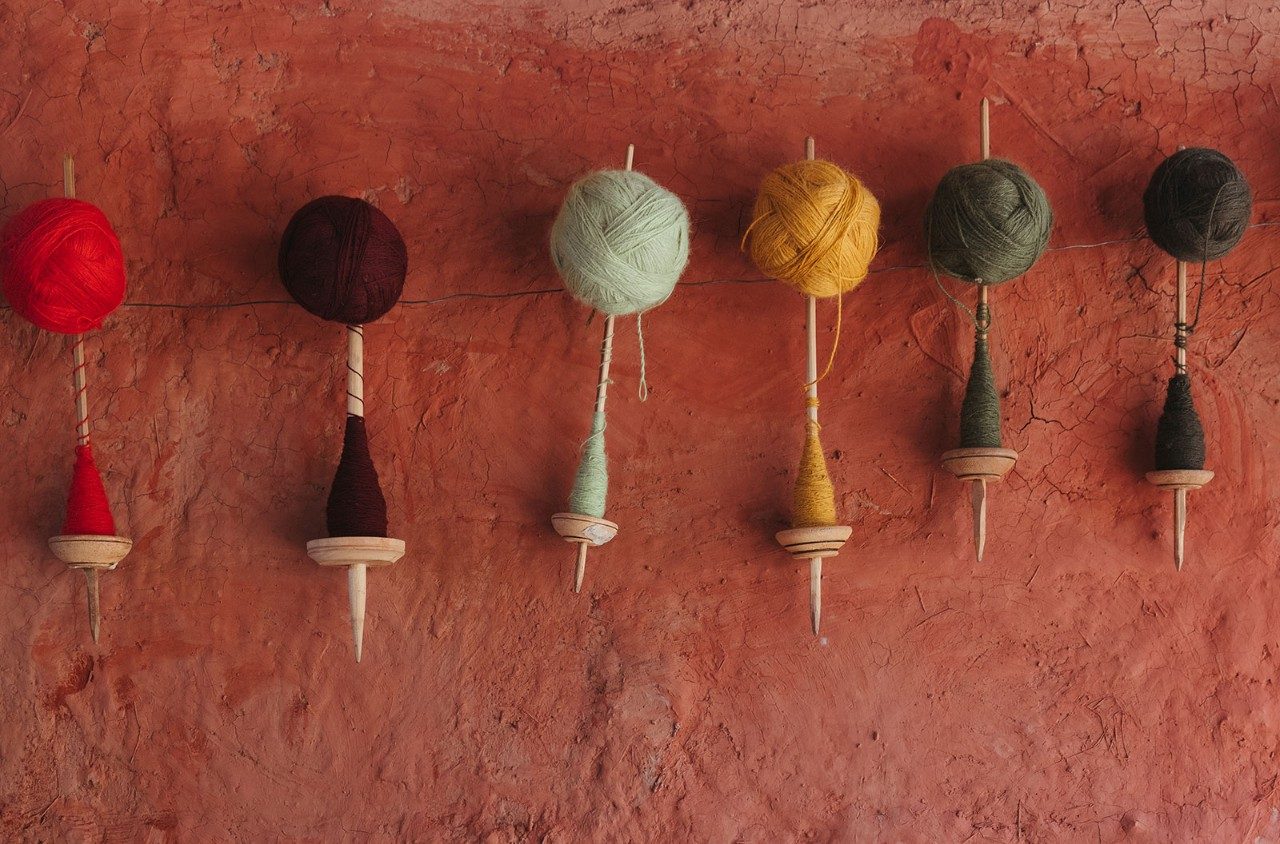
The people of the Andes have banded together to create immersive travel experiences that showcase the real Peru.
A fierce sun shines down on four dozen women who’ve gathered together in the secluded Peruvian town of Ccaccaccollo, in the high Andes, to weave stories into textiles. All are dressed in scarlet jackets (embroidered in floral designs), black skirts (which balloon from their waists) and soqque hats (which flop up or down over lengthy pigtails denoting marital status). Some sing traditional folk tunes set to the whistling melody of quena flutes. Others prepare a feast centred on the surprisingly chicken-like guinea pig, an Andean delicacy. One talks me into purchasing a soft alpaca blanket that’s so big it’ll never fit in my suitcase.
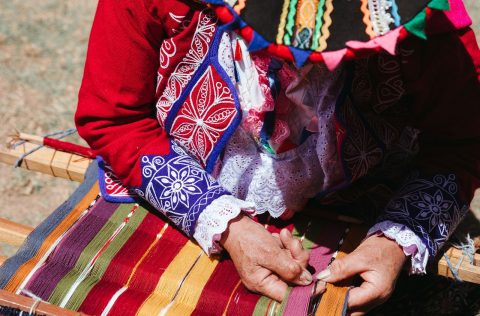
The women of Ccaccaccollo are a local success story. Two decades ago, Francisca Qquerar Mayta, founder of the Women’s Weaving Cooperative, was intent on helping the women in her community achieve financial freedom. So she approached international small-group tour operator G Adventures with an idea. Tour representatives had stopped by her home in the Sacred Valley, not far from the famed “lost city” of Machu Picchu, looking for male porters to work on the Inca Trail. She proposed something different: what if she gathered all the women of her community to teach travellers about Andean textiles and the motifs that hark back to the age of the Inca?
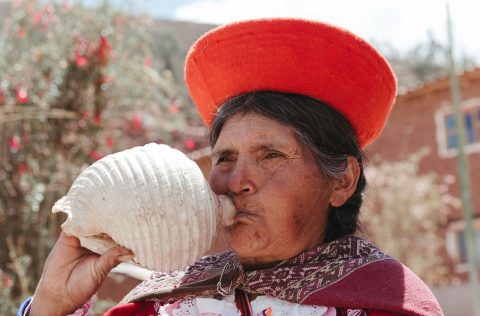
Travellers had long bypassed towns like hers in the Sacred Valley en route from Cusco (the former Inca capital) to Machu Picchu (the empire’s greatest achievement). Qquerar Mayta wanted them to stick around. She gathered 15 then 20 then 45 of her peers and trained those who hadn’t been taught by their mothers how to tint llama and alpaca wool with natural dyes – including lupins (purple) and ch’illca leaves (forest green) – and weave that yarn into hats, shawls and blankets.
“We are weaving our life experience,” says Qquerar Mayta. “This is our history, it’s our inheritance, so we are going to keep teaching our children and improving our techniques to make sure we never forget.”
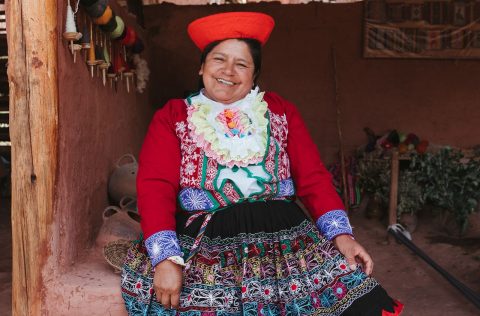
Her idea has spawned a string of similar community tourism projects across the Sacred Valley. I’ve come to check them out, exploring this long-time transit zone where you can not only marvel at the legacy of the Inca but also meet the people living it every day. “In the early 2000s, there was no industry for these people,” recalls Bruce Poon Tip, founder of G Adventures. Its non-profit arm, Planeterra, has been instrumental in funding and supporting community tourism. “Hundreds of thousands of tourists just passed by to get to Machu Picchu,” he says. “Now some people spend more time in the Sacred Valley than they do in Cusco.”
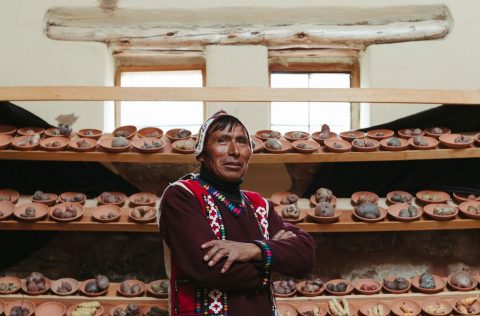
Later that day, we stop by the nearby village of Pampallacta to visit the “Potato Park”, a 9500-hectare community project created in 2006 to protect the genetic diversity of potatoes, which have their ancient origin in Peru. Local farmers grow about 1430 varieties here, most of which are on display in a small museum. Some are black and bulbous; others reddish and wormlike. It’s as if the common spuds have all dressed up for Halloween. Educator Lino Mamani offers me a Potato Sour, a cocktail made from fermented potato instead of the beloved national brandy, pisco. We later tour the property’s vast seed bank, which is vital for global food security, and learn about the various ways Indigenous communities use these native tubers, including dehydrating them under the aggressive Andean sun to preserve them for up to 35 years.

I dine on more native potatoes that evening at La Casona de Yucay, a charming hotel in the Sacred Valley with a hacienda-style building that dates back to the late 18th century. The next morning, I wake before sunrise and return to the village of Ccaccaccollo for a 16-kilometre hike into the Andes. Our destination? The remote and little-visited Inca site of Huchuy Qosqo.
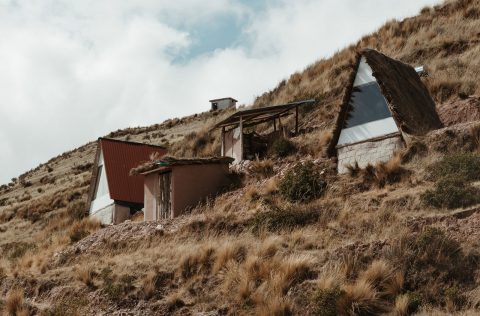
My breathing becomes long, raspy and deliberate as we rise above 4000 metres. The air at this cloud-hugging altitude is so thin I can hear my brain beating. In time, I morph into a less capable version of myself; a healthy man prematurely aged. The Indigenous Quechua farmers we encounter greet me – “Hola, papi” – as they sow quinoa and corn in terraced fields that spill down the Andes toward the emerald-green Urubamba River. We hike onward across straw bridges, through a narrow ravine and down ancient stone steps to a camp site beneath the towering Incan ruins of Huchuy Qosqo. This royal estate – with palaces and stone-hewn irrigation channels – was cleaned earlier this year by the Peruvian government to diversify tourism away from Machu Picchu.
“Can you believe this place?” asks my guide, Alexander Nuñez, beaming as the setting sun silhouettes the molar-like peaks on the western horizon. If we were on popular trekking routes, like Lares or Salkantay, we’d be sharing this view with noisy crowds. “Here,” says Nuñez, “it’s just for you and me.”
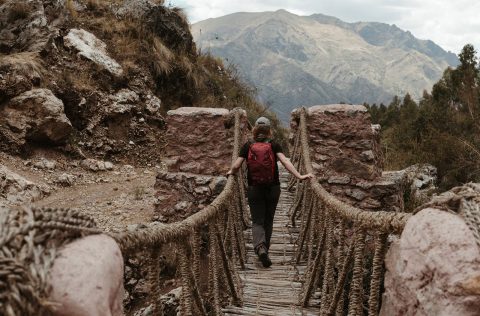
That night, rather unexpectedly, I’m rewarded for the day’s efforts with smoked trout and Pisco Sours. I scan the shadows of the Milky Way for a celestial llama (revered among Andean cultures) and fall asleep in a tent fitted with a camp light, full-sized pillow and puffy mattress. I awake at dawn, high on mountain energy. Or maybe it’s the three cups of coca tea, a mildly stimulating herbal infusion used to fight altitude sickness. Either way, I’m all abuzz on the eight-kilometre descent down dusty cliff walls to the town of Lamay. It’s a steep and serpentine route but we plod on, knowing that a highland feast awaits below.
Parwa Community Restaurant is another tourism project supported by Planeterra, the Inter-American Development Bank and G Adventures, which sends 1500 travellers here each month. The glass encased restaurant, launched in 2014, is now 100 per cent community owned through the Huchuy Qosqo Association, operating as a training kitchen for aspiring chefs. I refuel on a soup made from rehydrated moraya potato, followed by corn tamales and spicy rocoto peppers stuffed with fresh cheese and mincemeat. All the ingredients, I learn, are sourced directly from Sacred Valley farmers.
The day finally arrives when a navy-blue train car from Peru Rail rocks us down a rickety track into the dense cloud forests of the lower Andes and deposits us at Machu Picchu. I’ve seen it in a thousand photos but they don’t prepare me for the shock and awe of being there myself.
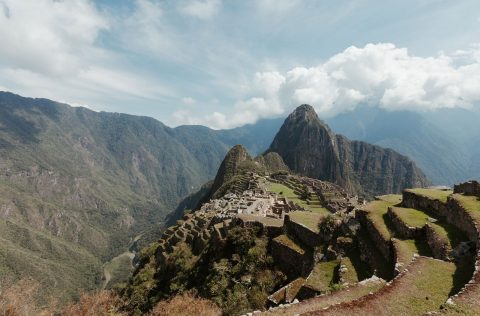
The “lost city of the Inca” spills down a frightfully precipitous mountain, with giant lumps of jungle rising above it in either direction. Cicadas hum and parakeets chirp. I lose myself amid a maze of temples and gates, assembled together like Lego. It’s entirely improbable and utterly brilliant. Yet I can’t help but feel that after everything I’ve seen in the Sacred Valley, this soaring citadel is merely the cherry on top.

Start planning now
SEE ALSO: Everything You Need to Know Before You Go to Machu Picchu
Image credit: Lauren Kallen


